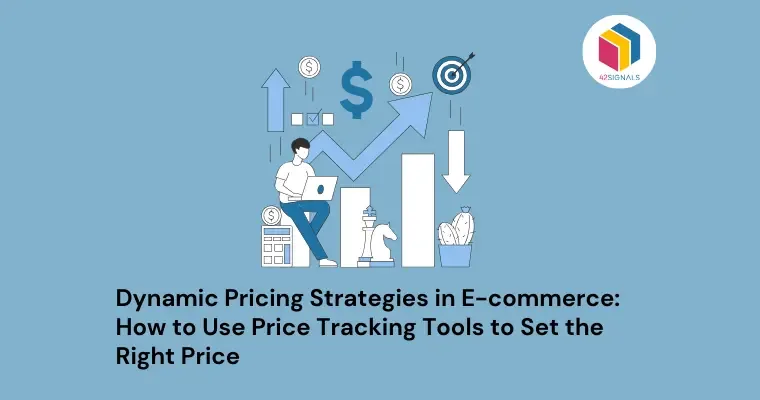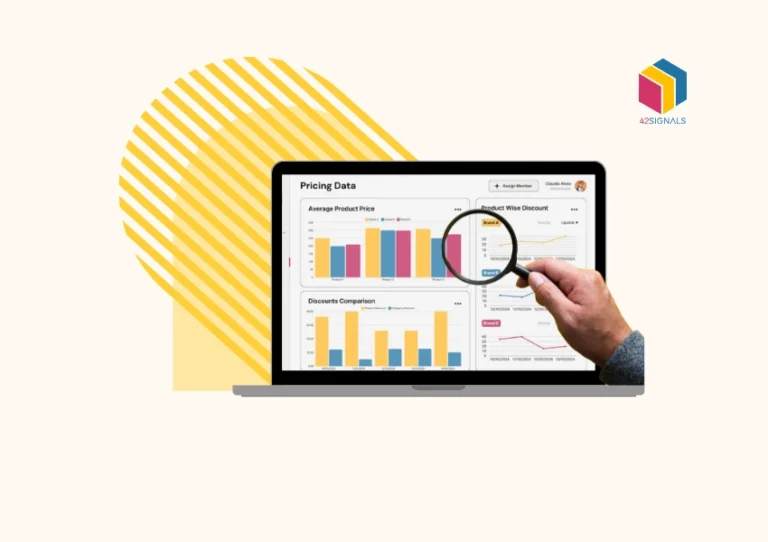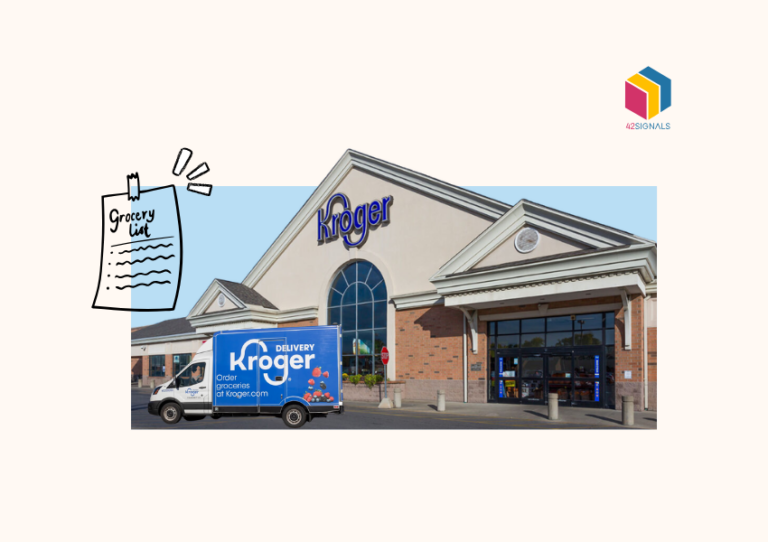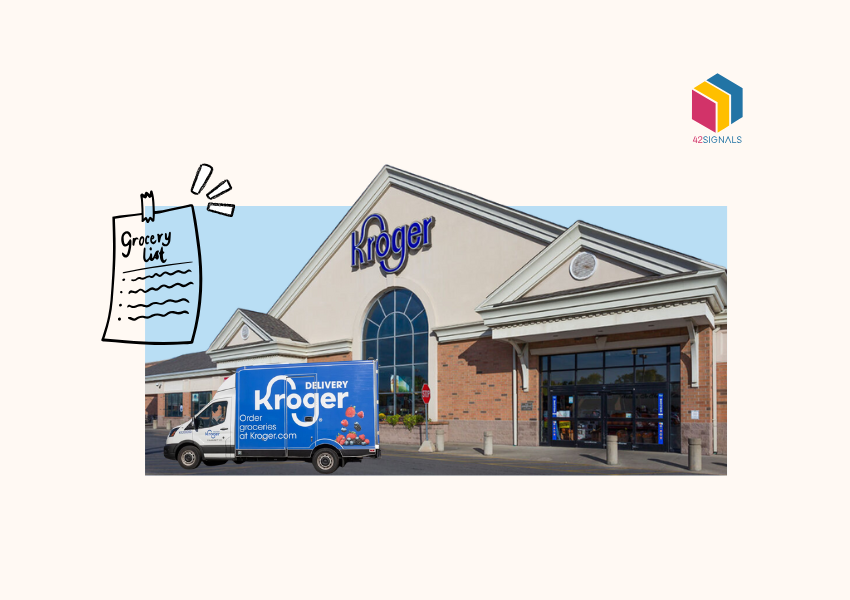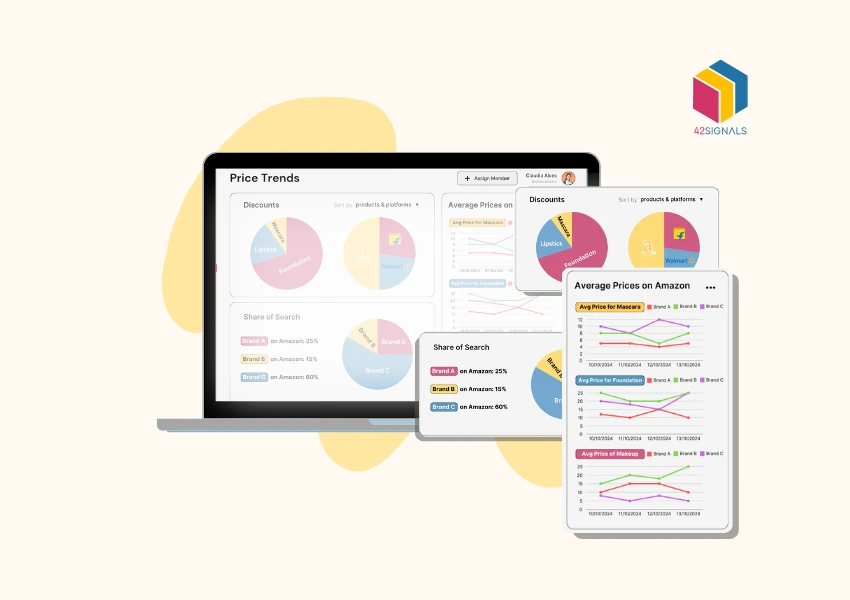In today’s competitive e-commerce market, traditional fixed pricing models can sometimes fall short in optimizing revenue. Businesses that are new to online marketplaces often find it difficult to determine the ‘right’ price. Traditionally, businesses factored in all of the costs incurred for production and selling, then came up with prices that their customers loved. However, this is no longer the case, given the hundreds and thousands of e-commerce brands vying for market share. This is where dynamic pricing strategies come into play.

Image Source: Blackcurve
The Limitations of Fixed Pricing
Traditional Approach:
Businesses historically set prices by calculating production costs, adding a markup, and adjusting for perceived value. While this worked in stable markets, modern e-commerce’s hyper-competition and real-time demand fluctuations render fixed pricing obsolete.
Why Fixed Pricing Fails:
- Market Saturation: Thousands of brands compete for visibility, forcing businesses to adjust prices to stand out.
- Consumer Expectations: Shoppers compare prices across platforms instantly, demanding competitive rates.
- Inventory Dynamics: Stock levels, seasonal trends, and supplier costs change rapidly, requiring flexible pricing.
Takeaway:
Static pricing risks overpricing (losing sales) or underpricing (eroding margins). Dynamic pricing bridges this gap by leveraging real-time data.
What is a Dynamic Pricing Strategy?
In simple terms, dynamic pricing refers to the process of changing prices dynamically based on real-time factors such as market demand, competitor pricing, stock availability, and more. Fig 2 represents this concept clearly.

Image Source: Price2Spy
If you’re someone who travels frequently, you might have noticed that ticket prices can change a lot when you’re trying to book. The more you check for ticket prices, the higher the price seems to get next time. This happens because of two reasons – either more people are trying to buy tickets for that specific time, increasing the demand, or the airlines have tracked your views several times and have increased prices due to your need. And if you end up booking your tickets closer to the travel date, you could end up paying almost double the price due to limited availability. When demand is high, prices tend to go up.
With various e-commerce dynamic pricing tracking tools available in the market, brands now find it easier to set the ‘right price’ for their products across different platforms. E-commerce analytics tools like 42Signals help brands identify trends in stock availability, compare categories across multiple platforms, spot price violations, and more. Let’s take a closer look at these price tracker tools and understand the key benefits they offer.
E-commerce Price Tracking Tools to Set the ‘Right’ Price
Price and Discount Comparison for Products with Category Average
It is imperative to understand how your product prices compare to the category average. This understanding will help you determine if your product is overpriced or underpriced.
With 42Signals’ interactive dashboard, you can effortlessly view dynamic pricing comparisons with the category average for any product.
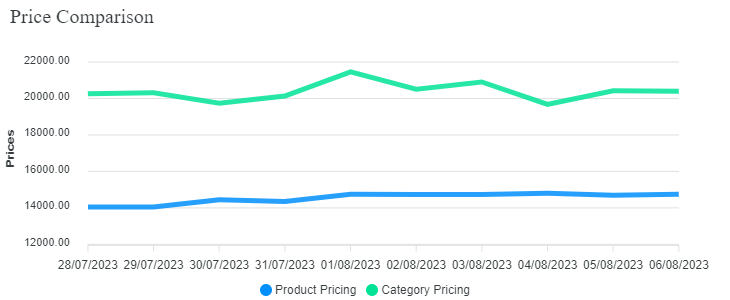
42Signals Price Comparison Dashboard
At times, brands run online offers. Hence, it’s important to comprehend the discount comparison for your product relative to the category average. This understanding will assist you in planning your seasonal sales more effectively, leading to higher revenue.
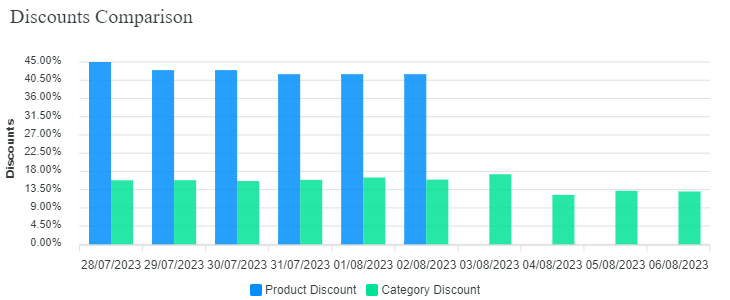
42Signals Discount Comparison Dashboard
Competitor Pricing Insights for Dynamic Pricing
With the current competition in the e-commerce space, it is imperative for brands to keep a close watch on competitors’ pricing strategies. Identify how your product compares to your competitors on the pricing aspect. A price tracker or price-tracking tool enables you to evaluate the dynamic pricing strategies of your competitors and set prices competitively.
Understanding Customer Demand
Demand-based pricing is a form of dynamic pricing strategy. Consequently, it’s essential to assess the demand for your product in your target market. By utilizing an e-commerce insights tool, you can readily identify when your products experience high demand. Adjust your prices accordingly during these peak periods to maximize your revenue.
Incorporating Customer Feedback
Listen to your customers’ feedback regarding your prices. Their input can help you fine-tune your strategy. Pay attention to reviews, comments, and direct feedback. If customers consistently mention that your prices are too high or too low, consider adjusting based on this input. Customer feedback can provide valuable insights into how your pricing strategy aligns with their perceptions and expectations.
Best Practices for Dynamic Pricing
- Balance Profit & Perception:
- Avoid frequent price changes that erode trust. Use subtle adjustments (e.g., 5–10% variations).
- Be transparent during surge pricing (e.g., “High demand—prices updated in real time”).
- Segment Your Audience:
- Offer personalized prices via loyalty programs or geographic targeting.
- Example: A travel site charges higher prices for luxury seekers but discounts budget travelers.
- Test & Iterate:
- Run A/B tests on pricing strategies to measure customer response.
- Use AI-driven tools to predict outcomes of price changes.
- Monitor Ethical Boundaries:
- Avoid exploitative practices (e.g., drastic hikes during crises).
- Comply with regulations like price gouging laws.
Challenges & Mitigation
Common Pitfalls:
- Customer Backlash: Shoppers may perceive dynamic pricing as unfair.
- Algorithm Errors: Overreliance on automation can lead to pricing glitches.
Solutions:
- Educate customers on pricing logic (e.g., “Prices update based on demand”).
- Combine dynamic pricing with added value (free shipping, bundles).
- Maintain human oversight to correct algorithmic biases.
In Summary on Dynamic Pricing
The digital age has brought about an abundance of data and tools that make enforcing dynamic pricing strategies more viable than ever before. Price tracking tools, like 42Signals, in particular, have appeared as vital assets in this pursuit.
Our tool provides real-time insights into market trends, competitor actions, and customer preferences, enabling firms to make informed pricing decisions that align with their objectives.
Frequently Asked Questions on Dynamic Pricing
What is an example of dynamic pricing?
Dynamic pricing is a strategy where prices change in real time based on market demand, competitor pricing, inventory levels, or customer behavior.
Example:
- Airlines adjust ticket prices based on seat availability, booking time, and route demand.
- Uber raises ride prices during peak hours through surge pricing.
- Amazon changes product prices multiple times per day based on competitor activity and buying patterns.
These are all examples of dynamic pricing in action to maximize revenue or manage supply and demand.
Is dynamic pricing illegal?
Dynamic pricing is legal in most countries, including the U.S., as long as it doesn’t involve:
- Price discrimination based on protected characteristics (race, gender, etc.)
- Collusion or price fixing between competitors
- Deceptive practices (e.g., fake scarcity or bait-and-switch tactics)
Businesses must also clearly communicate pricing rules to consumers. While legal, dynamic pricing can cause customer frustration if not used transparently.
Does Tesla use dynamic pricing?
Yes, Tesla has used dynamic pricing strategies — though not in the traditional real-time sense.
- Tesla has adjusted vehicle prices frequently based on demand, inventory, raw material costs, and incentives.
- It has also changed prices on specific models overnight without notice, which is a form of adaptive pricing often associated with dynamic models.
- However, unlike airlines or Uber, Tesla doesn’t adjust pricing per customer or in real-time during a browsing session.
Does Ticketmaster use dynamic pricing?
Yes, Ticketmaster uses dynamic pricing, especially for high-demand events like concerts and sports games.
- Their system, often branded as “Official Platinum Seats,” increases prices based on demand spikes, seat location, and booking timing.
- Prices can rise or fall as ticket availability and demand change — similar to hotel and airline pricing models.
- This helps Ticketmaster and event organizers capture more value from resale markets and manage scalper activity.
Note: This practice has sparked public backlash, especially for popular events, even though it is legally allowed.
